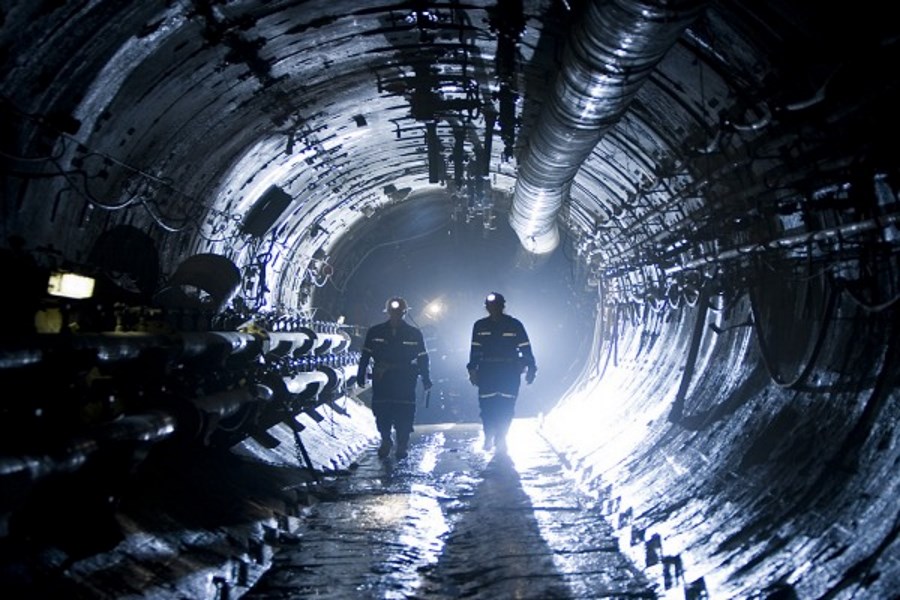Is uranium coming back in vogue?

Last week, Anthony Milewski, a director of International Consolidated Uranium, made the case to our readers that uranium sentiment is finally improving and the nuclear fuel is now having its day in the sun after years in the darkness following the Fukushima nuclear disaster in 2011.
Milewski noted that there seems to be a shift in the willingness of governments to discuss nuclear energy openly now in the context of controlling greenhouse gas emissions and fighting climate change.
“Nuclear is one of the cleanest forms of energy available, period,” he wrote, and when it comes to carbon emissions, “it equals, and in some cases, outperforms renewable energy sources.” It is also “a great deal more reliable.” In addition, Milewski pointed to the most recent World Nuclear Association’s Fuel Report, which forecast a 26% increase in uranium demand over the next decade, and stats from the World Nuclear Association, which show there are 53 new reactors under construction, more than 100 reactors in the planning stage, and another 320 in the proposal stage.
Prices for the uranium compound known as U308 are still low by historic standards, with spot roughly $30 per lb., down from about a year ago when it reached $34 per lb. And as Milewski pointed out in his Op-Ed, major producers like Kazatomprom and Cameco have really curtailed production — temporarily shutting down some of their operations.
According to UxC, a nuclear-fuel data and research company, last year global uranium production fell to 123 million lb., its lowest level since 2008.
BMO Capital Markets forecasts a 33 million lb. deficit of uranium this year, or about 18% of current demand, even with the restart of Cameco’s Cigar Lake mine that was announced on April 9. And some investors see an opportunity to cash in on uranium stocks.
What’s really interesting is that we’re seeing some companies buying physical uranium themselves — often to help finance development of their own uranium projects or beef up their balance sheets. And in some cases, they are funding their purchases through equity financings.
On April 1, Toronto-based Denison Mines announced it had secured 2.5 million pounds of uranium concentrates (U308) on the spot market at a weighted price of $29.61 per lb. at a total cost to the company of $74 million. It raised $86 million in a bought deal to pay for it (issuing 78.4 million units of the company at $1.10 per unit).
Its rationale? To strengthen the company’s balance sheet “and enhance its ability to access future project financing, with the potential collateralization of the uranium holdings.”
Moreover, it explained, “the purchased uranium could provide the company with increased flexibility to negotiate long-term uranium supply arrangements with future customers,” adding that if the board were to approve construction of its flagship Wheeler River uranium project, Denison “could eventually market its physical uranium investments to its future customers along with the mine production from Wheeler River.”
It could also be worth more in the future, if uranium prices rise further.
(This article first appeared in The Northern Miner)
More News
Rio Tinto, Founders Factory’s Mining Tech Accelerator invests in startups from US and OZ
April 23, 2025 | 04:02 pm
{{ commodity.name }}
{{ post.title }}
{{ post.date }}



Comments